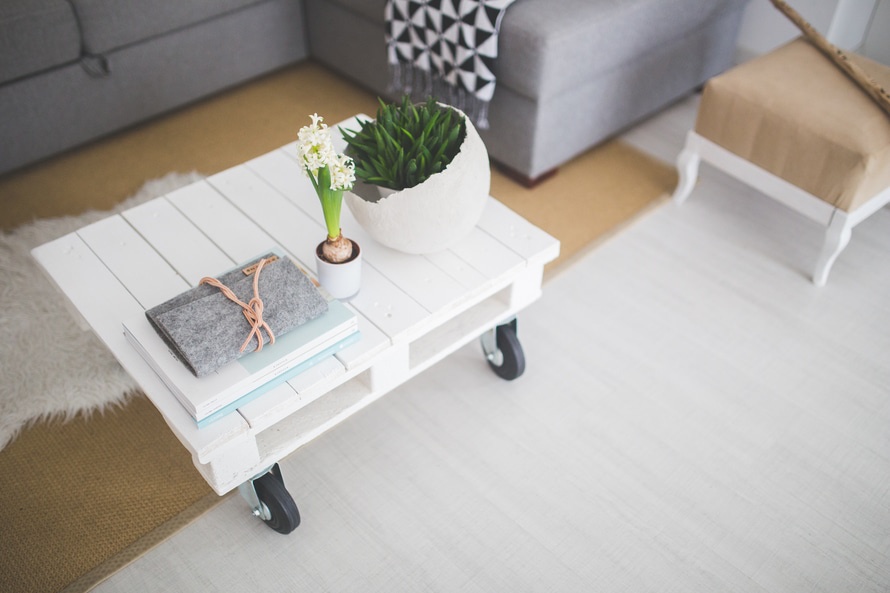Top Tips for Hiring a Remodeling Contractor
Getting a home improvement contractor can either realize or break your dream house. Therefore it is important to choose the right contractor. This article will guide you how to choose, assuming the below:
-
You purchased your first home and not sure where to begin.
-
You want to find the right home improvement contractor to do the job.
-
You are looking for quality workmanship.

Review projects that the builder has completed that are similar to yours in scope and size.
(Photo courtesy of One Roof Design Sdn Bhd)
Renovation and design tips
1. Find a contractor.
Find a few home improvement contractors based on your requirements. Determine their capabilities and gathered user feedback. Rely on different sources and methods of finding home contractors.
2. Design fee.
Ideally, it is best to engage a designer for a mock up design. This way you will have an idea the final product and you may avoid any surprises. Design fee normally isn’t cheap but it’s worth it.

(Photo courtesy of A&A Group)
Qualifying home improvement contractors
Follow below guides to gauge and qualify home improvement contractors. This will reduce any potential risks.
1. Check their portfolio for similar work.
Review projects that the builder has completed that are similar to scope and size to yours.
2. Visit site work in progress.
Ask to visit projects currently under construction or recently completed.
3. Talk to references with similar projects.
Refrain from only depending on a reference list of past clients and ask to speak with projects mentioned above. This narrows the reference qualifications.
4. Past project timeline.
Request to review the construction schedule for the referral projects.

(Photo courtesy of Lora Kitchen Design)
5. Exclusions.
Review exclusion clause carefully. Clarify any exclusions should you think are included.
6. Get specific.
Review contract project carefully. Compare the contract to other home improvement contractor proposals.
7. Project timeline.
Before awarding the contract, request to view a detailed schedule of your project. The schedule should include the following but not limited to; project timeframe, progress payment, dates for materials procurement under your responsibility. This will demonstrate due diligence and substantiate scheduling capabilities.

(Photo courtesy of Apple Interior Design)
Avoid these common mistakes
Unfortunately, at some point things may turn wrong although you have taken precaution steps above. Keep an eye to avoid these common mistakes:
1. Go cheap.
If you accept the cheapest contract, you may end up with inferior materials or additional cost for improvement area in the later stage.
2. Rushing the design.
If you rush through the design process, you may miss out on the important information and details. This could lead to project delay, wrong materials or worse the end result is not what you after.
3. DIY
If you are not a handy man, don’t get too involve. You may delay the project by not performing on time or acceptable quality. If you’re not qualified, don’t attempt to act as your own contractor.
4. Unplanned coordination
If material procurement falls under your responsibility, avoid missing the right material and deadlines. Materials can vary from tiles, decorative hardware, home appliances and lighting.











































